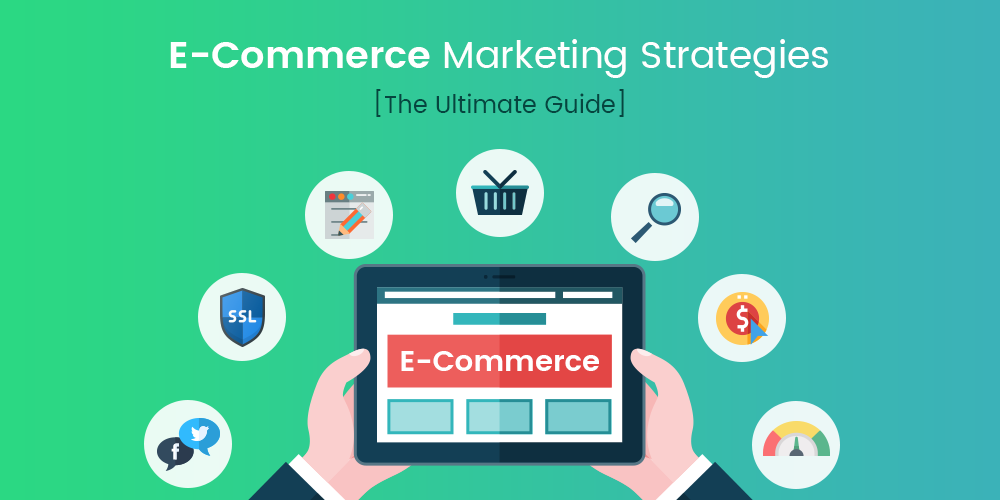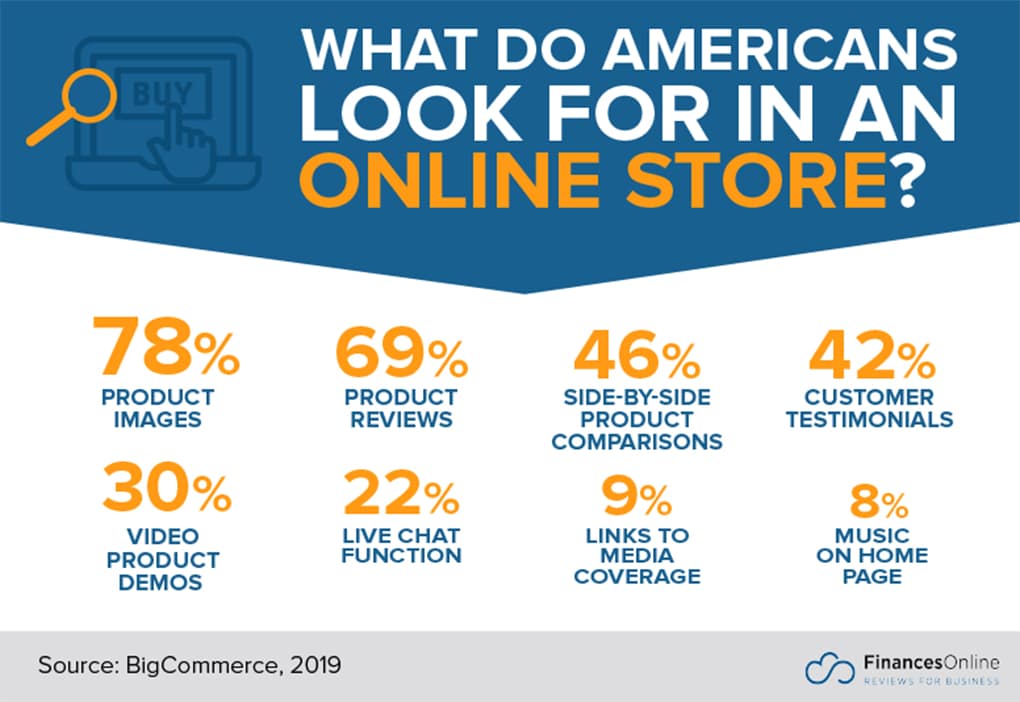 In an era dominated by digital transformation, the retail landscape has witnessed a seismic shift towards online sales. With the global e-commerce market projected to reach a staggering $6.4 trillion by 2024, retail brands have been compelled to adapt and innovate to succeed in this competitive arena. The art of generating online sales involves a combination of well-crafted strategies and savvy tactics that resonate with the digitally empowered consumers of today. Here are 10 online sales strategies employed by retail brands.
In an era dominated by digital transformation, the retail landscape has witnessed a seismic shift towards online sales. With the global e-commerce market projected to reach a staggering $6.4 trillion by 2024, retail brands have been compelled to adapt and innovate to succeed in this competitive arena. The art of generating online sales involves a combination of well-crafted strategies and savvy tactics that resonate with the digitally empowered consumers of today. Here are 10 online sales strategies employed by retail brands.
1. Seamless User Experience (UX): A cornerstone of successful online retailing is providing a seamless and intuitive user experience. Retail brands invest heavily in website design, ensuring that navigation is effortless, product categories are well-defined, and the checkout process is streamlined. This focus on UX is well justified, as nearly 88% of online shoppers are less likely to return to a site after a bad experience. E-commerce giants like Amazon and Shopify have set high standards in this regard, leading the way with user-centric interfaces that prioritize convenience.
2. Mobile Optimization: The proliferation of smartphones has propelled mobile commerce (m-commerce) to new heights. Retailers recognize the importance of optimizing their websites for mobile devices, given that over 50% of e-commerce traffic comes from mobile platforms. Brands like Nike have embraced this trend, creating dedicated mobile apps that offer personalized shopping experiences, enhancing customer engagement and ultimately boosting sales.
3. Search Engine Optimization (SEO): With a plethora of options available online, visibility is key to driving sales. Retail brands invest in SEO strategies to ensure their websites rank high on search engine results pages. Effective SEO tactics include keyword optimization, high-quality content creation, and building backlinks. Case in point: the eyewear retailer Warby Parker leverages content marketing and SEO techniques to consistently rank well for relevant search terms, driving organic traffic and sales.
4. Social Media Influence: Social media platforms have evolved into powerful tools for driving online sales. Retail brands harness the potential of platforms like Instagram, Facebook, and Pinterest to showcase products, engage with audiences, and even enable direct shopping. According to a survey by GlobalWebIndex, 54% of users on social media research products on social platforms. Clothing brand Fashion Nova, for instance, attributes a significant portion of its sales to influencer collaborations and user-generated content shared on social media.
5. Personalization and Data Utilization: Retailers collect vast amounts of customer data to tailor experiences to individual preferences. Personalized product recommendations, email marketing campaigns, and dynamic pricing strategies are employed to cater to the unique needs of customers. Amazon’s recommendation engine is a prime example, responsible for driving approximately 35% of the company’s sales.
6. Omni-channel Integration: The lines between online and offline shopping are blurring, giving rise to the importance of omni-channel strategies. Retail brands leverage various channels – websites, mobile apps, brick-and-mortar stores – to create a seamless shopping journey. This is evident in the “click-and-collect” approach, where customers can order online and pick up in-store, exemplified by Walmart’s successful integration of online and offline shopping experiences.
7. Social Proof and Reviews: In the digital realm, social proof plays a pivotal role in influencing purchasing decisions. Retailers showcase customer reviews and ratings to build trust and credibility. A BrightLocal study revealed that 87% of consumers read online reviews for local businesses. Brands like Amazon and TripAdvisor have perfected the art of incorporating user-generated reviews to boost confidence among potential buyers.
8. Flash Sales and Limited-time Offers: Scarcity and urgency are psychological triggers that drive online sales. Retail brands frequently employ flash sales, limited-time offers, and exclusive discounts to create a sense of immediacy among shoppers. This tactic has proven successful for companies like Zappos, which once famously offered a “Countdown to Black Friday” promotion that led to a substantial sales surge.
9. Remarketing and Abandoned Cart Recovery: A substantial portion of online shopping carts are abandoned before the purchase is completed. Retail brands utilize remarketing techniques, such as sending reminder emails or retargeting ads, to recapture potentially lost sales. According to SaleCycle, the average global cart abandonment rate is around 77.13%. E-commerce platforms like Shopify provide tools to automate abandoned cart recovery efforts, resulting in increased conversions.
10. Data-driven Decision Making: The digital landscape provides a wealth of data that savvy retailers leverage to make informed decisions. Analytics tools offer insights into consumer behavior, enabling brands to fine-tune their strategies. E-commerce giant Alibaba, for instance, employs data-driven strategies to optimize its Singles’ Day sales event, which consistently shatters records year after year.
The realm of online sales is a dynamic arena where retail brands deploy a myriad of strategies to succeed. These are only 10 online sales strategies, but there are more. From crafting seamless user experiences and harnessing the power of mobile optimization to embracing social media influence and data-driven decision-making, each tactic plays a crucial role in driving sales and fostering customer loyalty. Here are 10 online sales strategies employed by retail brands that work. As the digital landscape continues to evolve, staying attuned to these strategies is imperative for any retail brand aspiring to flourish in the world of online commerce. Looking to launch or redo your retail website with ecommerce? Talk to experts about your business goals, retail industry, and your online store. Professional retail business consulting services are available, as well as retail ecommerce website design.









